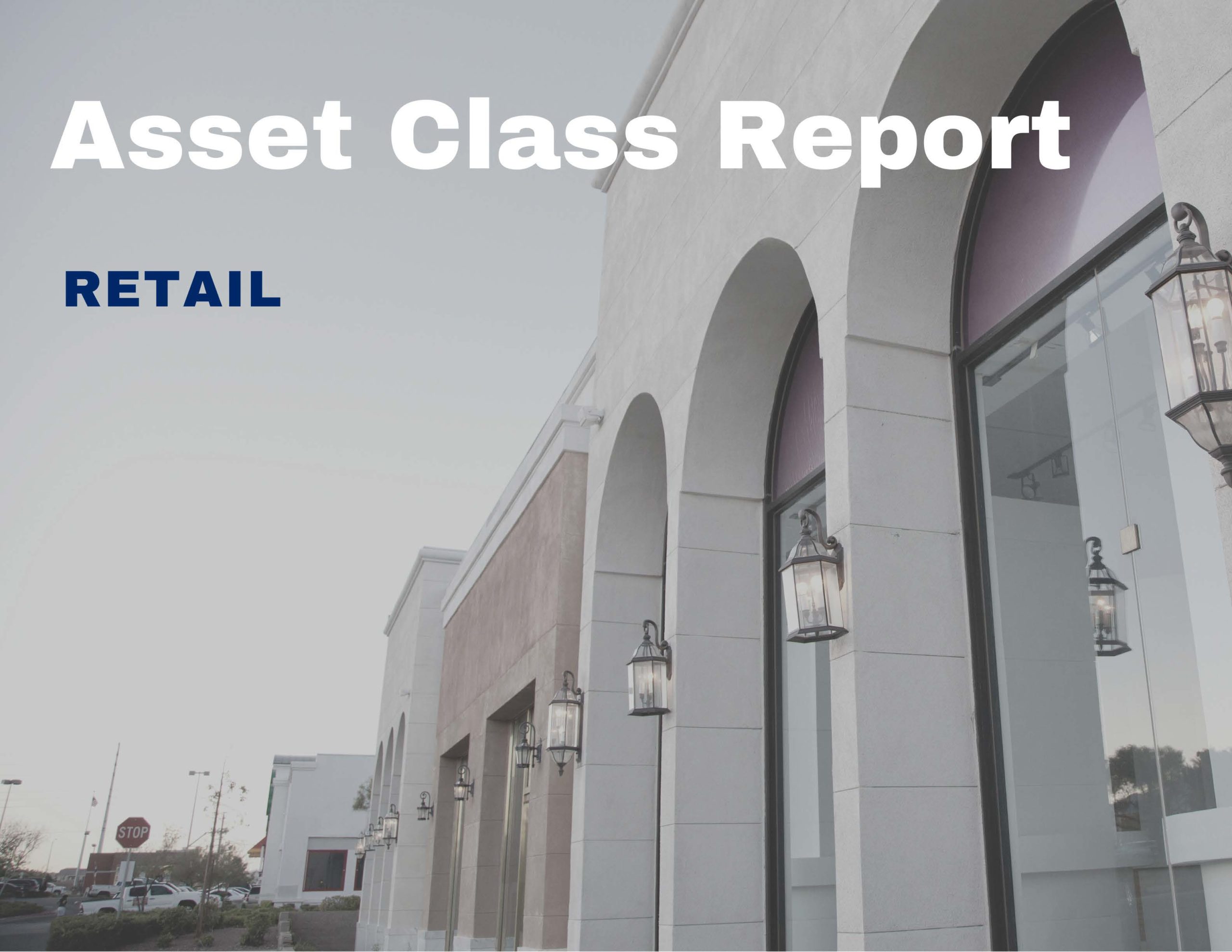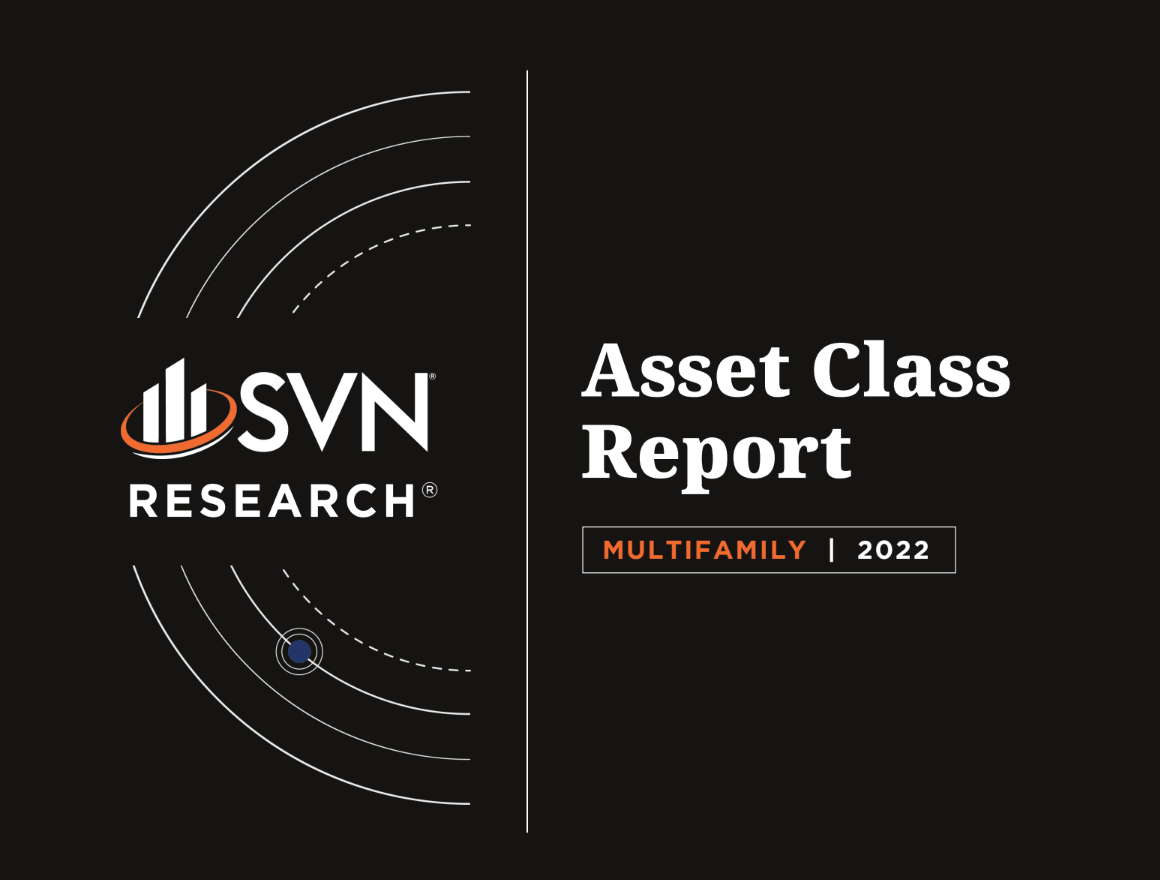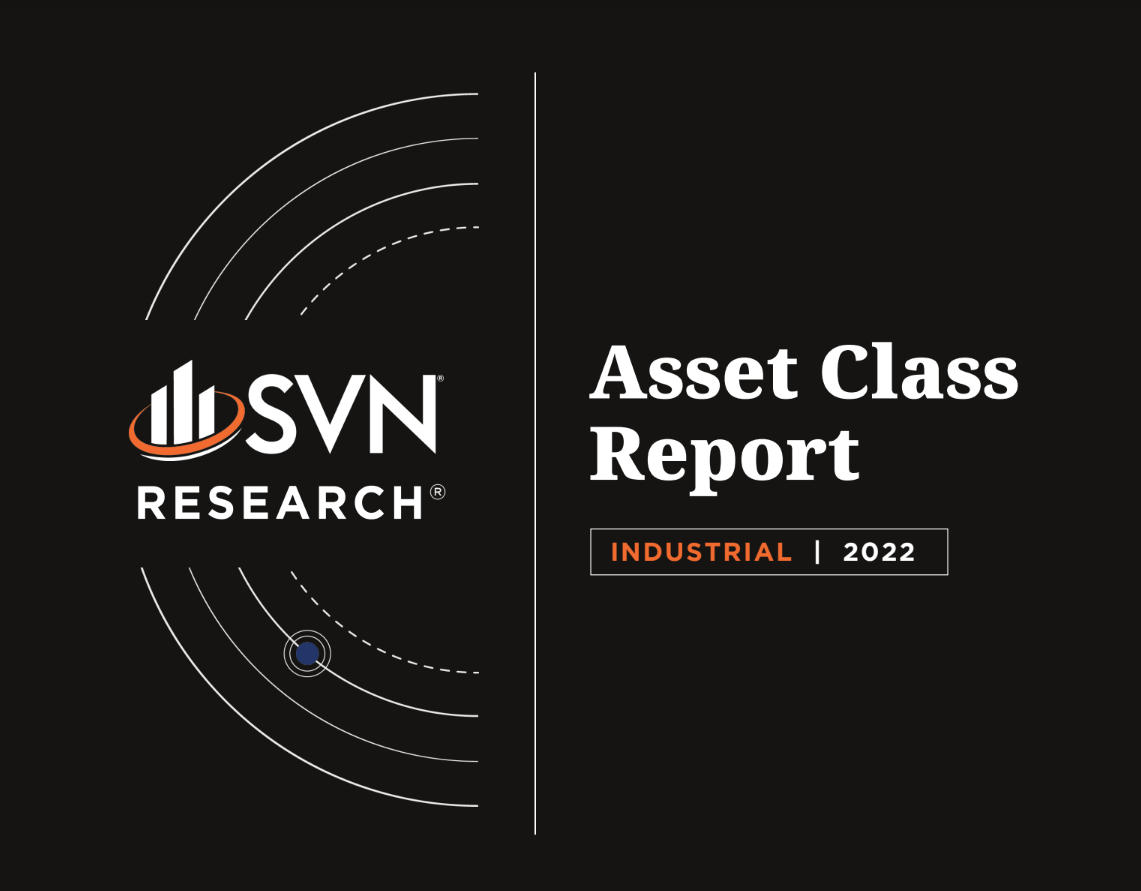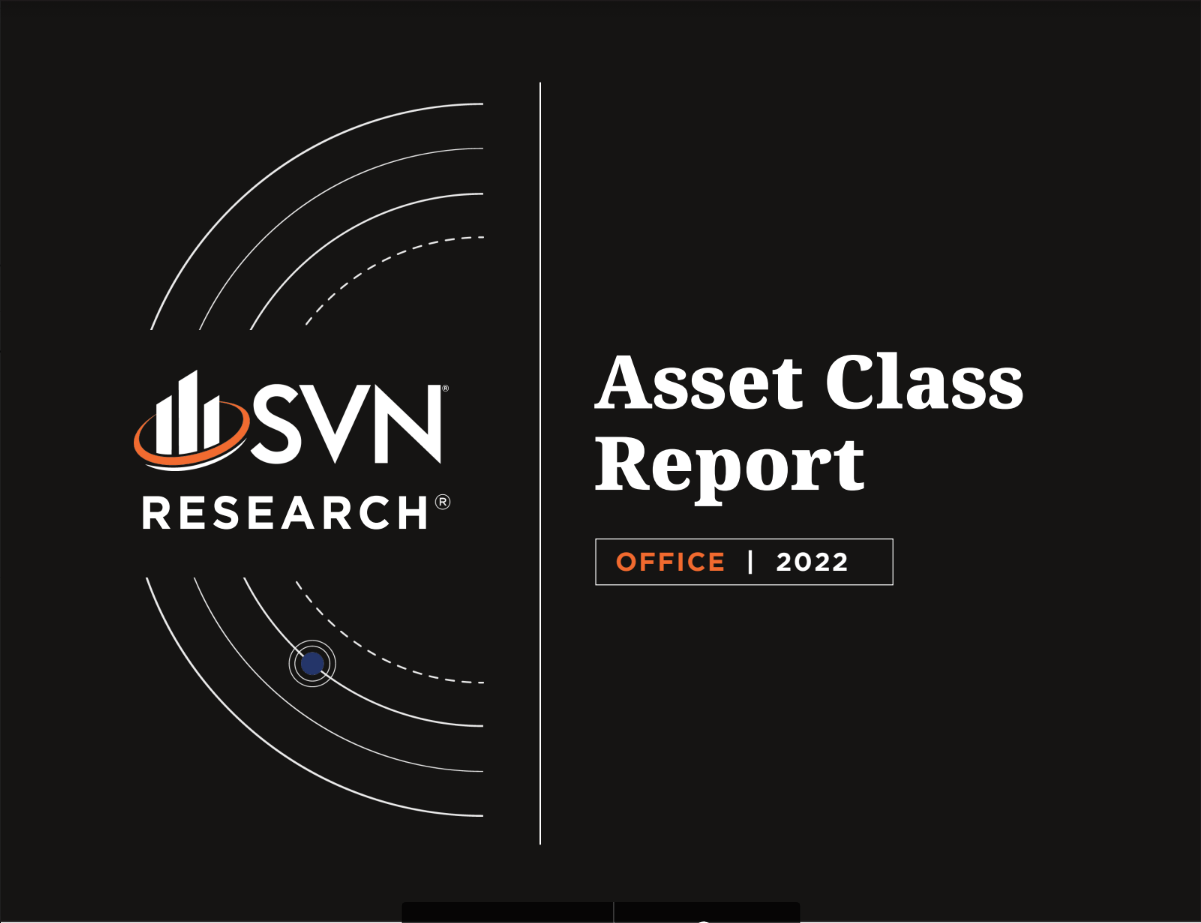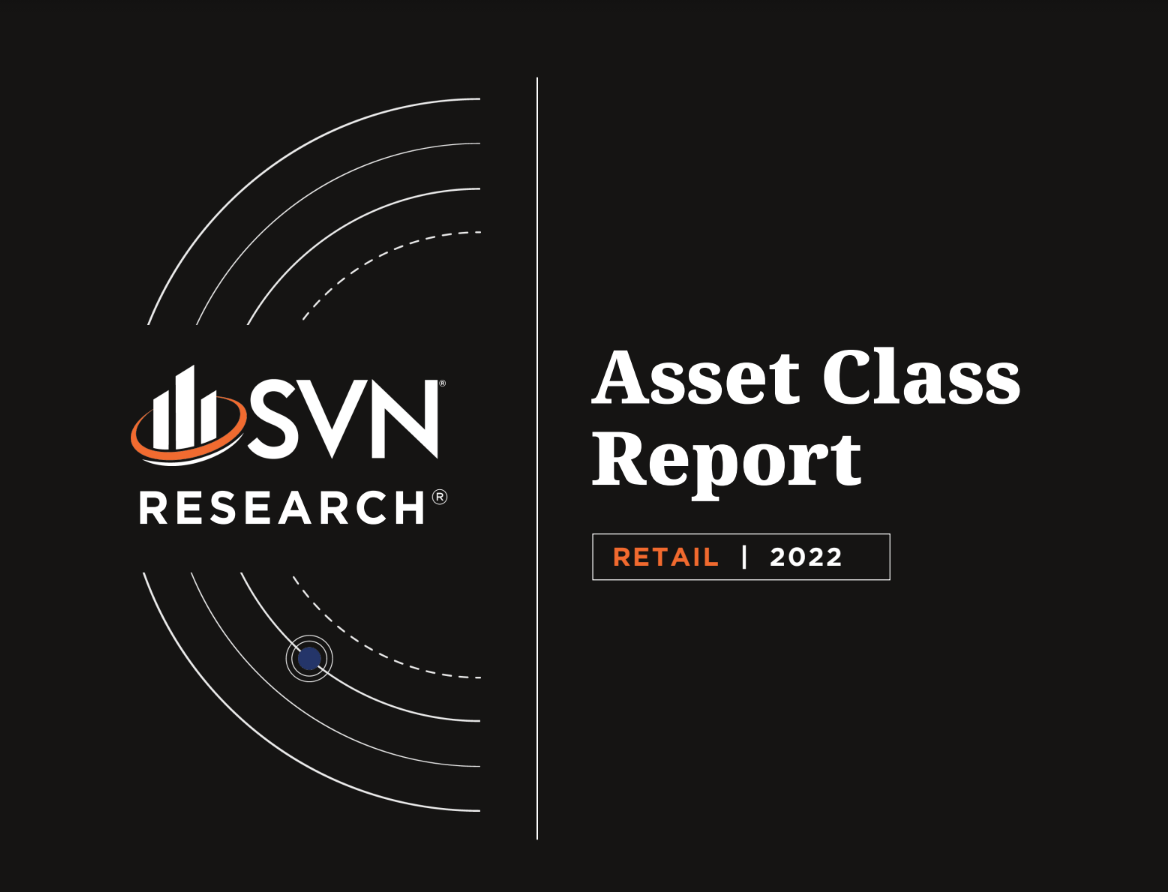admin / November 15, 2023
Commercial Real Estate Economic Update 11.10.2023
Commercial Real Estate Economic Update 11.10.2023
Featured Topics
-
WeWork Bankruptcy, CRE Impact
-
Commercial Property Prices
-
CRE Market Insights, October 2023
-
Interest Rate Decision
-
Financial Stability Risks
-
October Jobs Report
-
Decline in Apartment Starts Expected
-
Logistics Managers Index
-
Manufacturing Purchasing Managers’ Index (PMI)
-
US Personal Spending
1. WEWORK BANKRUPTCY, CRE IMPACT
• On November 6th, co-working trailblazer WeWork filed for Chapter 11 bankruptcy, bringing additional unease to an office sector battered from the residual effects of the remote-work revolution.
• Over the previous decade, including before the pandemic, many office landlords around the world looked to the co-working giant as the future of office life, with leasing to the firm proliferating across many global economic hubs. However, as those bets soured in recent years, owners have increasingly turned to debt financing to stay afloat, raising concerns that a reduction of leased space by WeWork could place a wave of distress on a sector already facing high vacancy rates.
• There are also concerns about the ripple effect of the bankruptcy on small and mid-sized banks, which are disproportionally exposed to commercial property debt on their balance sheets. Still, US banks remained highly liquid, limiting the risk of the CRE exposure to the broader financial system.
• Notably, many WeWork leases are in Class B buildings, which predictably have had a tougher challenge with occupancy compared to Class A buildings during the current downturn. This may increase the challenge that landlords will face in filling new vacancies. So far, WeWork has filed to terminate nearly 70 leases worldwide.
2. COMMERCIAL PROPERTY PRICES
• According to the MSCI RCA Commercial Property Price Index (CPPI), all US commercial sectors posted annual price declines in September, matching August’s -9.0% year-over-year drop. However, average prices were flat month-over-month, potentially signaling that we are close to the cyclical nadir for commercial prices.
• The apartment sector posted the most significant year-over-year decline in CRE for the second straight month, but declines in the sector have eased in the third quarter compared to earlier this year. Apartment prices fell by -0.3% month-over-month and -12.8% year-over-year in September.
• The industrial sector, which has been the best-performing CRE sector during both the pandemic-era boom and the current market downturn, fell -0.8% annually but climbed 0.2% month-over-month from August. The directional shift of the sector in September may serve as another signal that commercial
prices are reaching their floor.
• Retail prices were down -0.1% from August and -6.9% year-over-year. Meanwhile, suburban offices fell -0.3% from August and -9.0% annually. CBD office prices were unchanged monthly but declined -5.6%
year-over-year.
3. CRE MARKET INSIGHTS, OCTOBER 2023
• The National Association of Realtors’ (NAR) monthly report on CRE insights notes that the commercial real estate market continues to experience rising vacancies and slowing rent growth in October but that labor market fundamentals and seasonal factors represent tailwinds that are keeping the sector stable.
• NAR notes that the multifamily segment has seen resurging demand in 2023 as mortgage rates mount, dampening homebuying activity. Net absorption in the sector has risen by 33% over the last 12 months, while construction unit deliveries are up 17% from last year.
• Rent prices in the industrial sector continue to expand and remain above pre-pandemic levels despite a recent deceleration in rent growth. Vacancy rates have moderated back towards pre-pandemic levels; however, this is primarily due to a 43% increase in square footage delivered over the past year.
• Retail sector vacancies now sit at a 10-year low of 4.1% as of September. Rent growth has eased but remains above pre-pandemic levels. Further, consumer spending remains strong despite higher goods prices, keeping the sector on solid footing.
4. INTEREST RATE DECISION
• At its November 1st policy meeting, FOMC officials held interest rates unchanged at their target rate of 5.25% to 5.5%. The Fed has now held rates unchanged for two consecutive months, a first throughout its current tightening cycle that began in March 2022.
• While acknowledging the favorable trajectory of US inflation pressures, Fed Chair Jerome Powell refrained from claiming victory, indicating that the economy remains above the central bank target of a 2% long term average.
• Powell also cited the resiliency of the US economy, stating that taming inflation will likely require a slowdown in the labor market and economic growth. Real US GDP grew by 4.9% in the third quarter, its fastest pace of growth in nearly two years.
• Several Fed watchers and experts foresee the Fed holding rates at current levels well into next year, citing the economy’s ability to grow at current borrowing rates as a hedge against the downside risks of keeping rates higher for longer. Meanwhile, elevated inflation expectations suggest that rate cuts would be too risky of a move for policymakers to make in the short term as they attempt to re-anchor inflation expectations towards their 2% target.
5. FINANCIAL STABILITY RISKS
• The October release of the Federal Reserve’s semi-annual Financial Stability Report notes that several aspects of the US economy remain on solid footing, including leverage in the financial system, funding risks, and borrowing by businesses and households. However, strains in the CRE industry, persistent
inflation, and geopolitical risks are the most significant near-term risks to the financial system.
• Despite the rise in debt servicing costs, the report notes that debt-to-GDP ratios among households and businesses remain close to historical averages.
• Price-to-earnings ratios among equities are elevated, but bond market risk premiums remain near the middle of their historical distribution, signaling low risk.
• Still, risks are rising in other areas. The Fed notes that a significant slowdown in US economic growth could dampen profits in non-financial businesses, including real estate. High leverage levels in these sectors could expose them to stress and defaults in a recession scenario.
• Geopolitical risks to global markets have increased. Russia’s ongoing war against Ukraine continues to impact energy and agriculture markets, and more recently, Hamas’ attack on Israel and the ensuing response risks spilling over into a broader Middle East conflict and could lead to adverse effects on global
markets.
• The banking system remains sound, according to the report, despite vulnerabilities exposed during the bank failures in the spring 2023. Most US banks remain highly liquid with capital ratios close to previous
decade averages.
6. OCTOBER JOBS REPORT
• According to the Bureau of Labor Statistics, the US economy added 150,000 new jobs in October, the smallest monthly growth total since June. The unemployment rate ticked up marginally to 3.9%.
• Last month’s growth came in under the consensus forecast of 170,000 and is a sharp decline from a strong showing in September when firms added nearly 300,000 new payrolls.
• The Health Care (+58,000), Government (+51,000), and Construction (+23,000) sectors led all occupations in gains, while manufacturing posted a decline, in part due to the persistence of auto strikes during the month.
• Average hourly earnings increased by 0.2% month-over-month and 4.1% year-over-year in October. Annual wage growth has charted above inflation in consecutive months since May, giving workers a boost in real wages. Upcoming CPI data will confirm whether real wages have continued to grow in October.
7. DECLINE IN APARTMENT STARTS EXPECTED
• A recent survey conducted by John Burns Real Estate Consulting suggests that apartment developers expect starts to decline further over the next 12 months following a 40% decline in starts so far in 2023.
• The survey points to increasing debt cost challenges for developers, as construction pricing remains relatively unchanged from previous years, but higher interest rates raise project costs. According to the survey, developers would need a 10-20% decline in construction costs to offset higher debt financing
costs.
• Analyzing the report, Real Page SVP and Chief Economist Jay Parsons notes that the industry has recently enjoyed a generational high in apartment starts. Still, this phase is coming to a close as borrowing costs settle at new highs and price gains slow as supply catches up to demand.
8. LOGISTICS MANAGERS INDEX
• The Logistics Manager’s Index, a composite score that denotes expanding or contracting activity in the warehousing and transportation sector and a key proxy indicator for Industrial property activity, posted a third consecutive increase in September. It is the most robust performance for the sector since January.
• Warehousing prices slowed in September but continued to climb, while both warehouse and transportation capacity fell, signaling increased activity and demand relative to supply.
• Transportation prices fell but at their slowest rate since September 2022.
• Inventory levels have recently moved back into expansion after five consecutive months of contraction. It is to be seen whether the recent expansion is due to seasonal factors or a sign that the economy is picking back up again. Notably, month-ahead expectations by survey respondents in September were at
their strongest in 2023.
9. MANUFACTURING PURCHASING MANAGERS’ INDEX (PMI)
• The US ISM Manufacturing Purchasing Managers’ Index (PMI) dropped in October from a 10-month high in September, indicating further contraction in the US manufacturing sector.
• The contraction in new orders accelerated from the previous month and charted its 14th straight monthly decline. Survey respondents noted lower demand from both domestic and foreign markets.
• Production also slowed, with a sharp decline in the backlog of orders, partially offsetting a decline in demand for new products.
• Sector employment also contracted following an increase in September, while input prices fell for the sixth consecutive month.
10. US PERSONAL SPENDING
• According to the Bureau of Economic Analysis, personal spending in the United States rose by 0.7% month-over-month in September, an increase from August and beating market expectations of a 0.5% growth rate.
• Spending on services rose sharply, increasing by $96.2 billion or 0.8% month-over-month. Within services, international travel, housing and utility services, healthcare, and air travel saw the most significant increases.
• Spending on goods also rose during the month, climbing by $42.5 billion, or 0.7% month-over-month. In the goods category, prescription drugs, motor vehicles, and parts contributed the most to September’s growth.
SUMMARY OF SOURCES
• (1) https://www.bloomberg.com/news/articles/2023-11-07/wework-s-collapse-is-latest-blow-to-newyork-san-francisco-office-markets
• (2) https://info.msci.com/l/36252/2023-10-18/xzzn44/36252/1697663732SmMj3Ch7/2310_RCACPPI_
US.pdf
• (3) https://www.nar.realtor/commercial-real-estate-market-insights/october-2023-commercial-realestate-market-insights
• (4) https://www.federalreserve.gov/newsevents/pressreleases/monetary20231101a.htm
• (5) https://www.federalreserve.gov/publications/2023-october-financial-stability-report-overview.htm
• (6) https://www.bls.gov/news.release/empsit.nr0.htm
• (7) https://yieldpro.com/2023/11/developers-expect-further-decline-in-apartmentstarts/#:~:text=Apartment%20developers%20expect%20a%20further,Investor%20Survey%20
dated%20October%2030.
• (8) https://www.the-lmi.com/
• (9) https://www.ismworld.org/
• (10) https://www.bea.gov/news/2023/personal-income-and-outlays-september-2023



